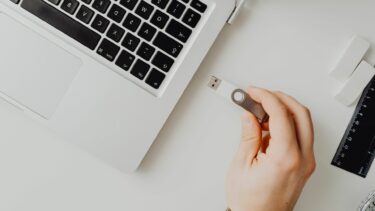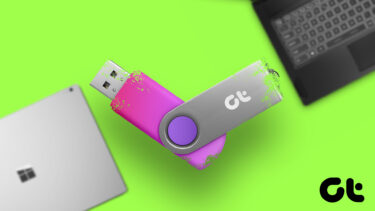UPDATE: You would be happy to know that we recently compared the Top 5 Tools to Create Bootable ISO in Windows. Do check that out to know more about better tools to get this job done. After few hours of testing I was convinced that the build is stable enough, and I can take it to next level by installing it parallel to Windows 7 via dual boot. If you too are looking forward to install Windows 8 on your computer, I would prefer you create a bootable USB drive instead of a bootable DVD. Note: This is a consumer preview of Windows 8 and not the final stable version. So keep in mind that you are always on your own if you mess up your computer while installing or using this Windows 8 build. A USB drive is always faster than DVDs and the chances of failed or corrupt installation are very low as compared to optical media. So lets see how you can create the bootable USB of Windows 8 in the easiest way possible.
Necessary Prerequisites
Download the ISO file of Windows 8 on your system.A minimum of 4 GB removable drive for 32-bit Windows and 8 GB for 64-bit Windows 8 operating system.Backup all the data (if any) from your removable drive. Better, backup important data on your PC too.
Creating the Windows 8 Bootable USB Drive
Step 1: Download and extract WinUSB Maker on your computer. WinUSB maker is a portable application and thus does not require installation of any kind. You only need to run the .exe file. Step 2: Run the WinUSB Maker tool with administrative privileges to start creating your bootable USB drive. (right-click on the file, and click Run as Administrator) Step 3: In the tool, select the option ISO image bootable disk under the Functions section. Select Normal Detection Mode and browse for the Windows 8 bootable ISO (Image file) you have already downloaded on your system. Step 4: Finally, select the USB drive and drive MBR system (if you have a single one plugged in, it will be selected by default, if you have more than one, click on the dropdown menu and make a selection from the list) and click on the button Make it Bootable . That’s all, the tool will now format the USB drive and copy all the Windows installation files to it and make it bootable. You can now plug in the device into your system and select removable drive as your first boot selection preference in your BIOS and install Windows 8.
My Verdict
Although there’s an official Microsoft tool to create bootable USB drive from an ISO image, WinUSB maker’s portable nature and ease of use drew my attention. Furthermore, WinUSB gives a bit of an extra control to the user than the official tool for the same. The above article may contain affiliate links which help support Guiding Tech. However, it does not affect our editorial integrity. The content remains unbiased and authentic.










